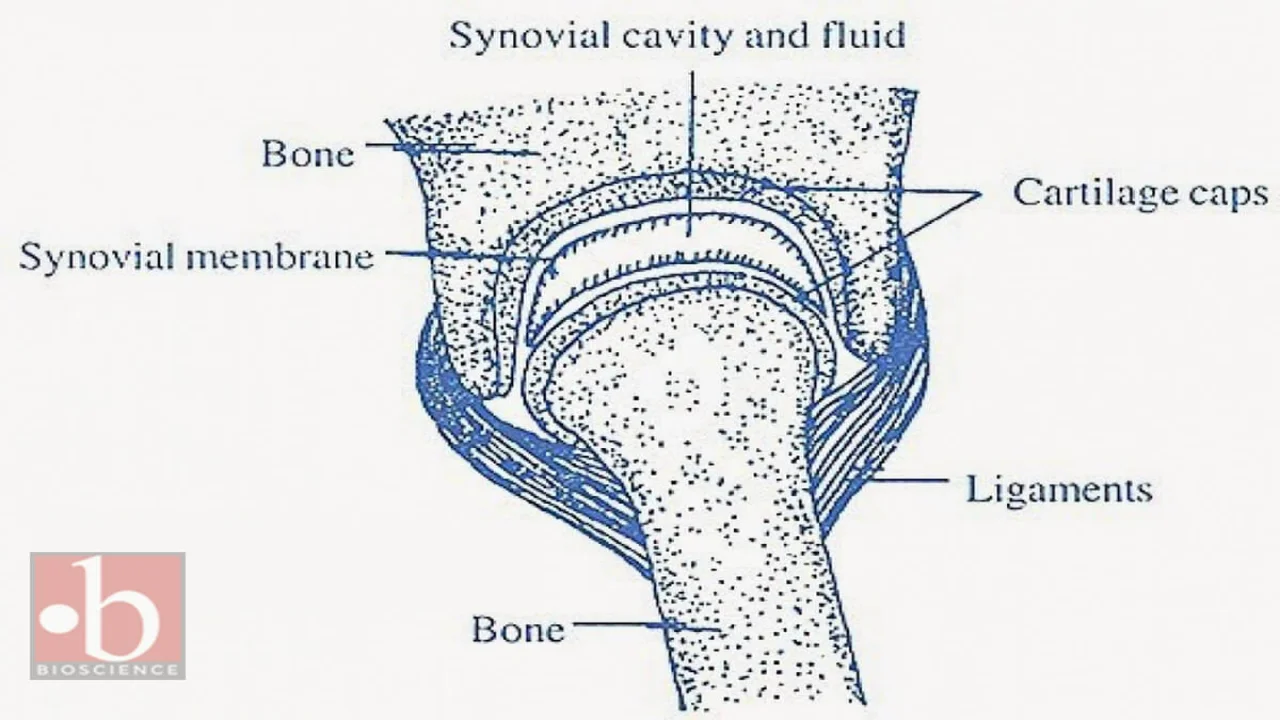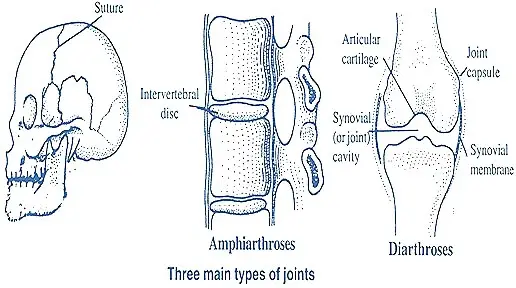Types of Bone Joints
Explore the world of bone joints - fibrous, cartilaginous, and synovial. Learn how they work, their functions, and their crucial role in human mobility.

Bones are the fundamental framework of the human body, providing structure, support, and protection to vital organs. However, the intricate mobility and flexibility of our bodies would be impossible without the various types of bone joints. These remarkable connections between bones allow for an astonishing range of movement, from the delicate swaying of our fingers to the powerful extension of our legs during a sprint. In this article, we will delve into the diverse world of bone joints, exploring their types and functions.
Understanding Bone Joints
Bone joints, also known as articulations, are the points where two or more bones come together. These joints facilitate movement while maintaining the stability of the skeletal system. Depending on their structure and degree of movement, bone joints are categorized into three main types: fibrous joints, cartilaginous joints, and synovial joints.
- Joint is the point where two or more bones meet. Joints allow different degrees of movement.
- There are many articulations or joints present in the skeleton.
- Joints are classified based on their structure and the kinds of movements that they permit.
- Three main types of joints are:
- Immovable joints (Synarthroses)
- Imperfect movable joints (Amphiarthroses)
- Perfect movable joints (Diarthroses)

Immovable Joints or Fixed Joints (Fibrous Joints)
Fibrous joints, as the name suggests, are held together by fibrous connective tissue. These joints allow minimal to no movement and provide stability to the connected bones. The sutures in the skull are a prime example of fibrous joints. They are tightly interlocked and essentially immobile, ensuring the protection of the brain.
No joint cavity, no movement possible. These are without synovial capsules and ligaments. These joints include.
- Sutures: Found between skull bones, Sutures are fixed or fibrous joints, articulating bones are held together by white fibrous tissue.
- Gomphoses: Teeth in mandibles, present in premaxillary and maxillary bones.
- Shindylases: Ethmoid bone in vomer (one bone fits into the slit in another)
Imperfect Movable Joints (Cartilaginous Joints)
Cartilaginous joints are connected by cartilage, a tough and flexible connective tissue. These joints provide limited movement and are primarily designed to absorb shock. The pubic symphysis, which connects the two pelvic bones, is a typical cartilaginous joint. It allows slight movement during childbirth while maintaining the overall stability of the pelvis.
- With or without joint cavities, permits a small amount of movement. Fibrocartilage is placed between the bones.
- These joints are also called cartilaginous joints or slightly movable joints. Synovial capsules and ligaments are also absent.
E.g.: Between successive vertebrae, between bones of the pubic symphysis, sacroiliac joint in frogs, etc.
Perfect Movable Joints (Synovial Joints)
Synovial joints are the most versatile and common type of bone joint in the human body. They are characterized by a synovial cavity filled with synovial fluid, which lubricates and nourishes the joint. Synovial joints allow a wide range of movements, including hinge-like motions (e.g.: knees and elbows), ball-and-socket movements (e.g.: hips and shoulders), and gliding motions (e.g.: wrists and ankles). These joints are crucial for activities like walking, running, and even intricate hand gestures.

- Movable joints are called synovial joints.
- Synovial joint has a synovial or joint cavity, a space between articulating bones.
- Articular cartilage covers the surface of articulating bones.
- The articular cartilage of the synovial joint is hyaline cartilage.
- Synovial joints are surrounded by a tubular articular capsule.
- The articular capsule consists of two layers, the outer fibrous capsule, and the inner synovial membrane.
- The synovial membrane secretes synovial fluid which lubricates and provides nourishment to articular cartilage.
- In old age, stiffness of joints is due to the decrease in synovia) fluid.
- Synovial joints are further classified according to the movements they permit. The main types are ball and socket joints, hinge joints, gliding joints, pivot joints, saddle joints, ellipsoid joints, etc.
- The ball and socket joint is a type of synovial joint that allows movement in all directions. In this joint one articular face is in the form of a socket and the other is in the form of a spherical head. The head of the bone can rotate freely in the socket of the other allowing free movement. Shoulder and hip joints are of this type.
- A hinge joint is a type of synovial joint that allows movement in one plane. The elbow joint, knee joint, and joints between phalanges of digits are of this type.
- A Pivot joint is a synovial joint in which one of the two bones is fixed and the other rotates over it. E.g.: the head joint and the joint between the radius and ulna.
- A gliding joint is a synovial joint in which the end of one bone glides across the surface of a part of the other bone. The joints of the wrist, ankle, sternum, clavicle, and zygapophyses of vertebrae are of this type.
- Saddle joints between carpals and radius, permit movements in two planes at right angles to each other.
- Ellipsoid joints permit movements of articulating bones around two axes.
- Ellipsoid joints are formed between the toe bones and some bones in the sole of the foot.


Movements are produced at joints by contractions of skeletal muscles inserted into the articulating bones.
The information on this page is peer reviewed by a qualified editorial review board member. Learn more about us and our editorial process.
Last reviewed on .
Article history
- Latest version
Cite this page:
- Comment
- Posted by Dayyal Dungrela